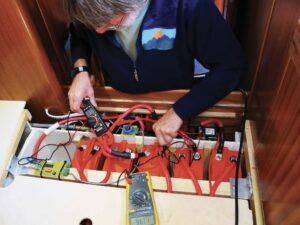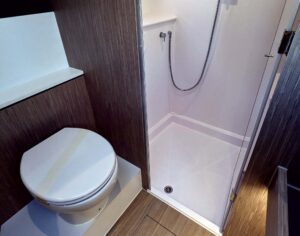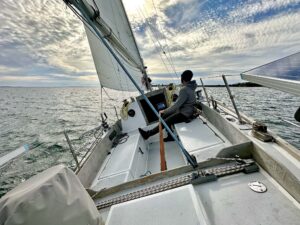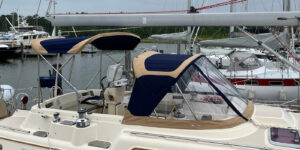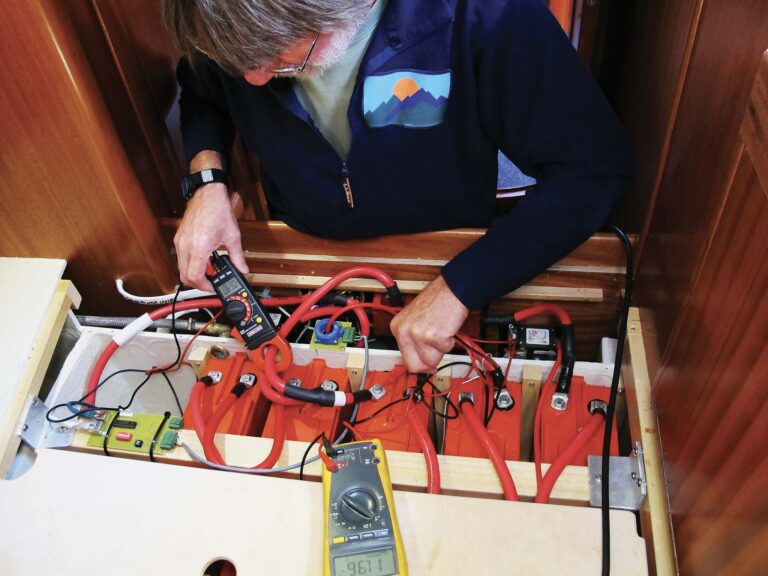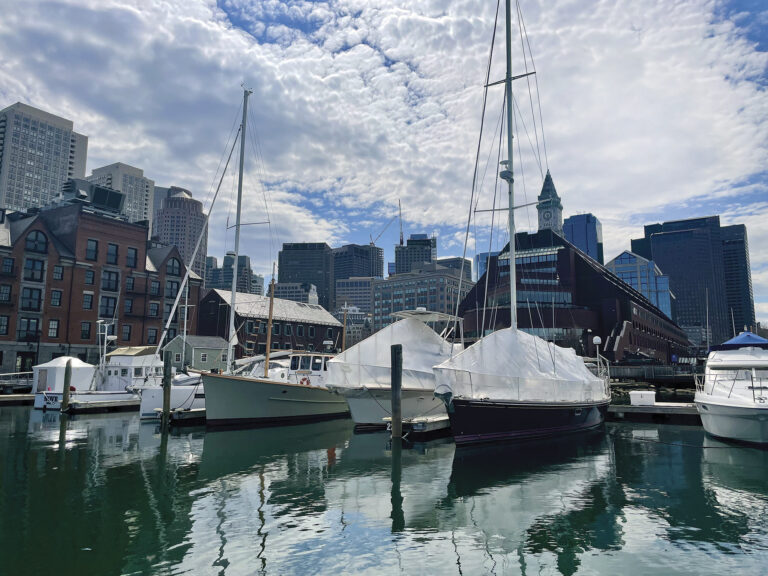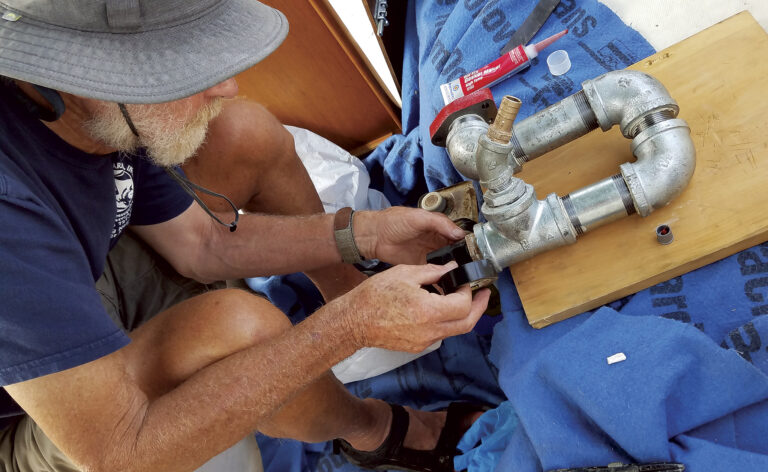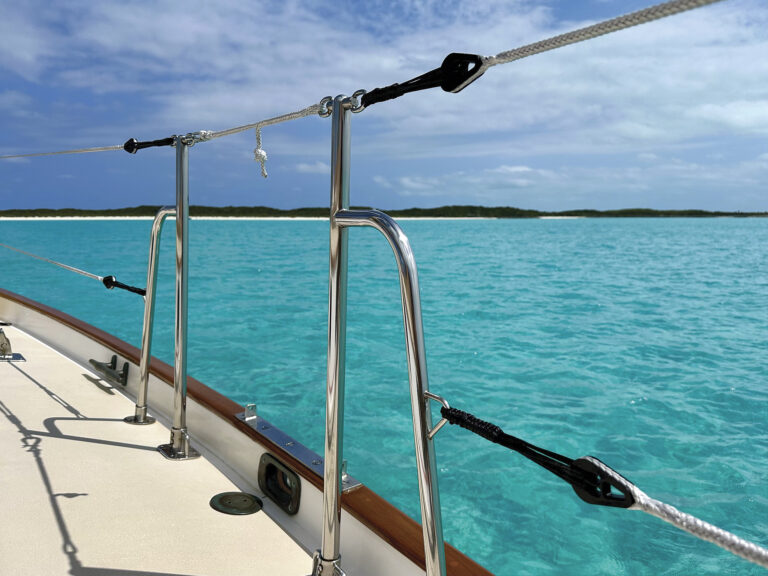
Q: I’m seeing more and more self-tacking jibs out on the water (and in the pages of SAIL) these days. I can’t help thinking these boats are all hopelessly underpowered, especially off the wind, when compared to boats with even slightly overlapping headsails. But I could be wrong. How much extra power do you get from an overlapping headsail (as opposed to, say, a 150 percent genoa) compared to a typical self-tacker?
— Bradley Connor, San Diego, CA
BRIAN HANCOCK REPLIES
When a yacht designer comes up with the sailplan for a design he/she has a certain amount of sail area that can be incorporated based on the righting moment of the boat. In the past, there was a feeling that a big headsail and a small mainsail was the way to go, in part because mainsails were a pain to deal with. However, as hardware changed and mainsails became easier to manage, designers found that it was better to concentrate the sail area there rather than the headsail. They, therefore, increased the sail area of the mainsail and moved the mast forward to keep the center of effort (CE) in the correct place. The net result is that you have the same sail area as before only distributed differently, so no, the boats are not underpowered. Also, except in all but the lightest of conditions, overlap is overrated. The 50 percent that wraps back around aft of the mast only causes the boat to heel once the wind comes up. Self-tacking jibs also more than pay for themselves in terms of convenience.
Got a question for our experts? Send it to [email protected]
November 2018

